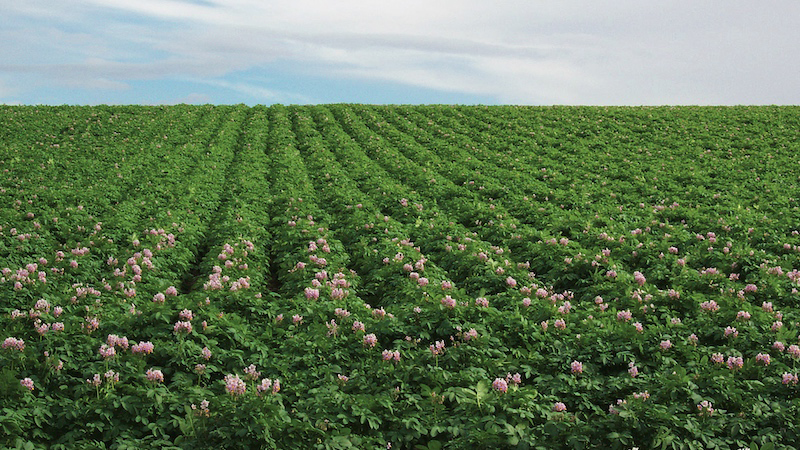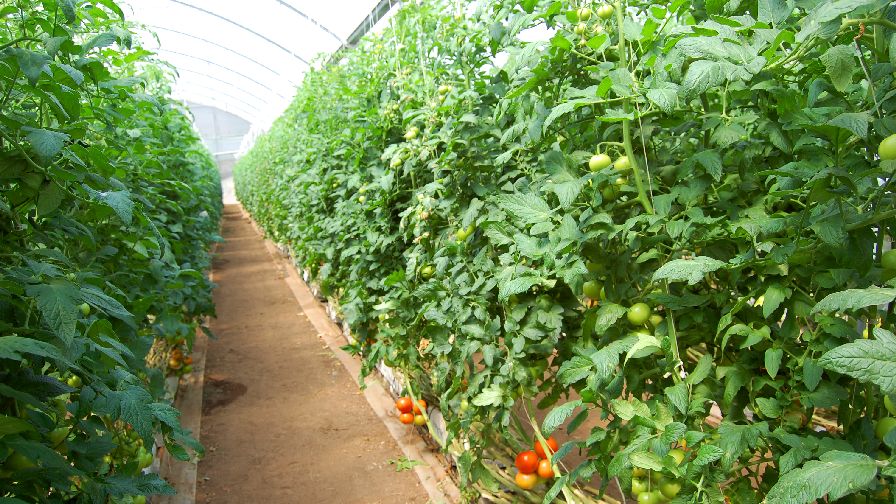Agricultural Robots No Longer Science Fiction
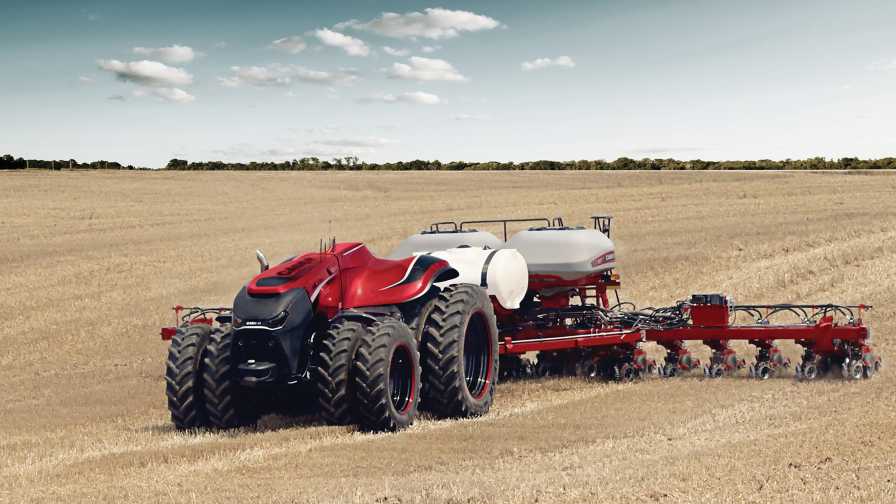
Equipment manufacturers are developing fully autonomous tractors for future use.
Photo courtesy of Case IH
What is the biggest challenge facing specialty farming in the U.S.? The vast majority of growers would answer securing reliable and affordable labor to manage and harvest crops. Political solutions to help growers source hand labor appear to be going nowhere, and it is driving the industry toward automation and robots to fill the void. As the saying goes — “necessity is the mother of invention.”
Today’s concept of precision agriculture will extend into robotics and automation, according Robert Saik, an agricultural futurist and author of the book titled “The Agriculture Manifesto.” In his book, Saik lays out 10 key drivers that will shape agriculture in the next decade. One of those drivers will be robots.
“Think of the three Ds of farming,” he says. “Agricultural work can be dull, dirty, and sometimes dangerous. In the future, we will see robots begin to take on those jobs on farms.”
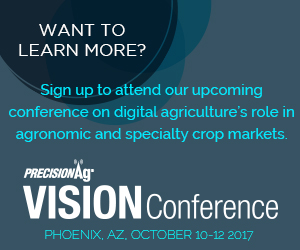 He adds the beauty of robots is they don’t get fatigued and they will rarely make mistakes when guided by sub-inch accuracy offered by GPS satellites and/or cameras to avoid obstacles or pick out problems like weeds, pests, or disease pressure. Already, auto-steer tractors are common and are helping growers with accuracy and operator fatigue. Major equipment manufacturers already have fully autonomous tractor prototypes. More is on the way.
He adds the beauty of robots is they don’t get fatigued and they will rarely make mistakes when guided by sub-inch accuracy offered by GPS satellites and/or cameras to avoid obstacles or pick out problems like weeds, pests, or disease pressure. Already, auto-steer tractors are common and are helping growers with accuracy and operator fatigue. Major equipment manufacturers already have fully autonomous tractor prototypes. More is on the way.
According to a new report from Tractica, developed in collaboration with “The Robot Report,” shipments of agricultural robots will increase significantly in the years ahead, rising from 32,000 units in 2016 to 594,000 units annually in 2024, by which time the market is expected to reach $74.1 billion in annual revenue.
Driverless tractors, agricultural drones, material management robots, and soil management robots will drive the highest volumes in unit shipments.
“The rising demand for agricultural robots is being driven by a number of factors including global population growth, increasing strain on the food supply, declining availability of farmworkers, the challenges, costs, and complexities of farm labor, changing farmlands, climate change, the growth of indoor farming, and the broader automation of the agriculture industry,” says Tractica Research Analyst Manoj Sahi.
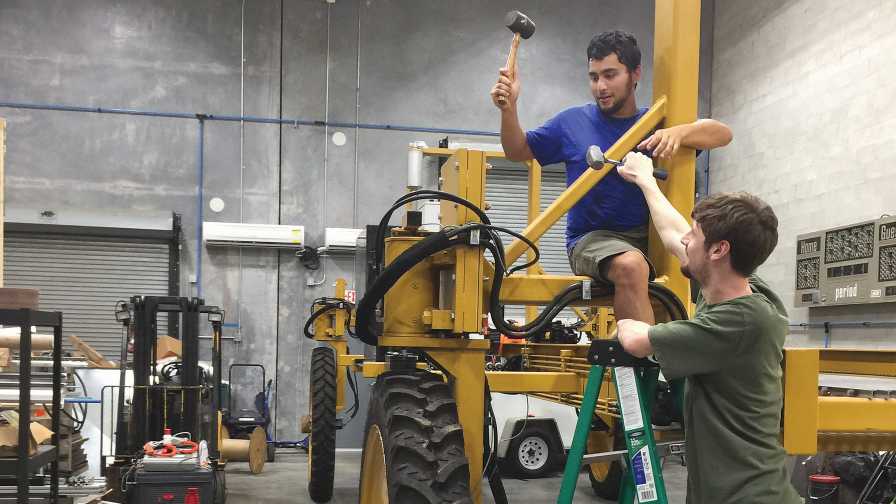
Harvest CROO techs Alex Figueroa (left) and Kendon Ricketts work on the latest strawberry harvester prototype.
Photo courtesy of Harvest CROO
Robots in the Field
While the prospect of robots working a farm seem far fetched, many companies are developing technology to deploy in fields.
Plant City, based Harvest CROO (Computerized Robotic Optimized Obtainer) has built a prototype robot to harvest strawberries.
The robot picker prototype was created three years ago as a potential solution to the industry’s lack of available labor to harvest strawberries. According to trials conducted by Harvest CROO, the prototype can identify, select, and pick only ripe strawberries while leaving unripe strawberries and plants unharmed.
Using the prototype last season, the picking rate was eight seconds per plant. With further improvements this season, that rate is projected to be cut in half. The company recently received a $1 million grant from the National Science Foundation to support and accelerate its work.
France’s Naio Technologies is now selling the Oz Weeding Robot, which travels up and down rows in fields cultivating without human supervision. When the Oz is finished cultivating a plot, it sends a text message to the grower that the job is done.
The company also is developing larger-sized robots to cover more acres.
Academia Aims for Solutions
Other technology companies across the globe are researching and developing robots that will eventually answer the labor requirements needed to produce crops. In addition, academic institutions like UF/IFAS and the University of Central Florida (UCF) are researching how these systems can help farmers do their jobs more efficiently. In January, UCF launched its Materials Innovation for Sustainable Agriculture Center, which is studying automation for identification of crop stress and disease.
Saik adds that data-driven, machine-assisted agriculture will evolve to help manage and automate many farming tasks, especially those that fall into the three Ds.
“Looking ahead, we are going to figure out how to scale the human brain and efforts of farmers and agronomists over more acres to feed our global population,” he says. “This is where sensors, data compilation, machine learning, and automation come together. Humans will always be involved in agriculture, it is just that in the future they won’t necessarily be out in fields physically pulling soil samples and doing other tasks.”







